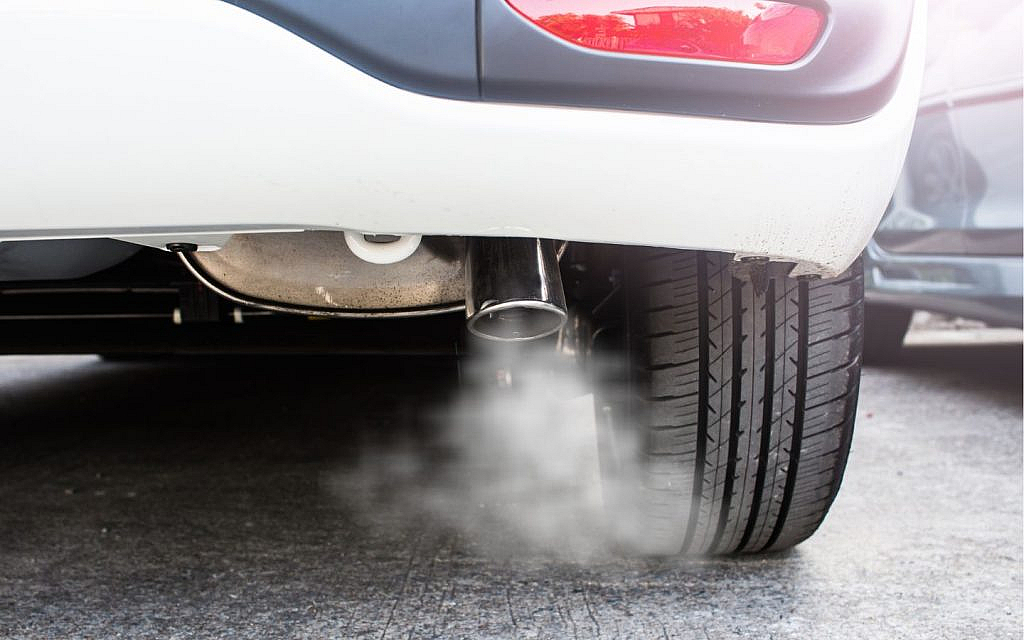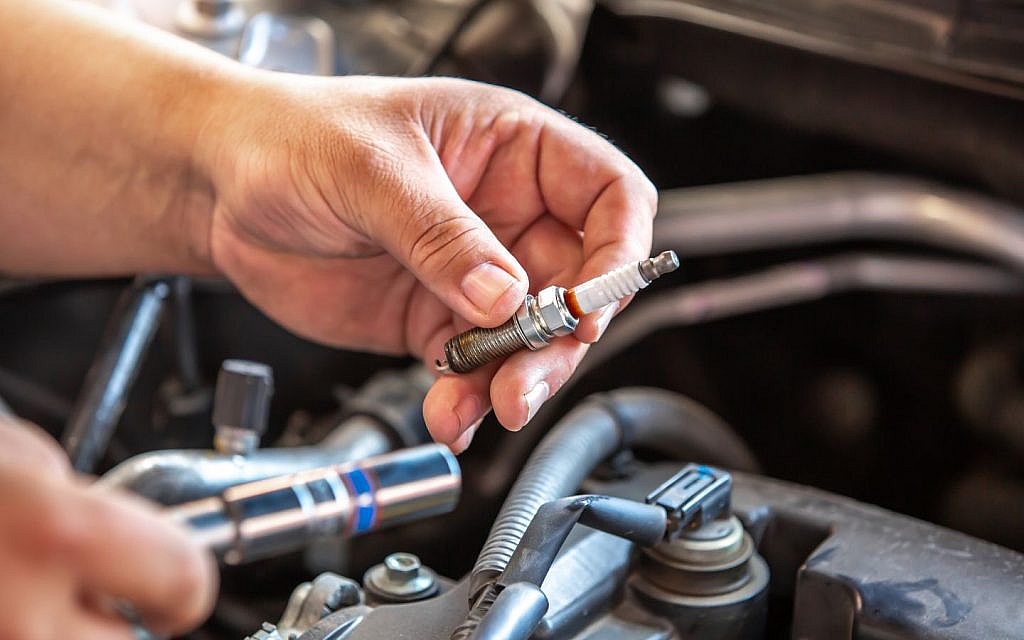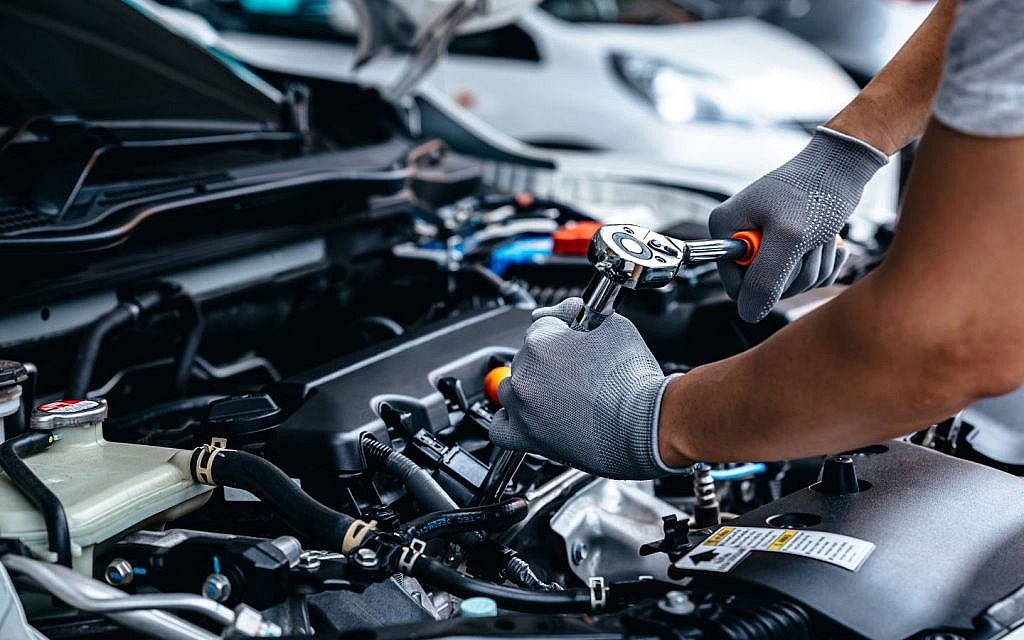How to Increase Low-End Torque for Better City Driving
City driving often requires frequent stops, quick accelerations and smooth handling at low speeds. One of the key factors that influence a vehicle’s performance in such conditions is low-end torque. It is the force that helps a car move from a standstill and maintain speed with minimal effort. If a car lacks low-end torque, you may experience sluggish acceleration and poor fuel efficiency. Fortunately, there are several ways to increase low-end torque and improve the driving experience.
Tips to Increase Low-End Torque in Cars
Increasing low-end torque enhances a car’s acceleration, towing capability and overall drivability, especially at lower speeds. In cities like Dubai and Abu Dhabi, where frequent stop-and-go driving is required during peak hours, strong low-end torque helps with smoother acceleration. It also reduces the need for excessive throttle input.
To boost low-end torque, there are many ways, such as upgrading to a high-flow air intake. Also, enhancing low-end torque is beneficial as it provides better car throttle response, reduces engine strain and improves fuel efficiency. It helps make daily commutes and navigating city traffic more effortless.
Here are some ways to increase low-end torque in cars. Let’s go through them.
Upgrade the Air Intake System
A good air intake system allows more air to enter the engine, improving combustion efficiency. Cold air intakes are especially beneficial as they provide denser air, which helps create better power at lower RPMs. Replacing the stock intake system with a high-performance one can lead to noticeable improvements in throttle response and low-end torque.
Improve the Exhaust System

A restrictive car exhaust system can limit airflow, reducing engine efficiency. Upgrading to a performance exhaust system with wider pipes and high-flow catalytic converters can help gases escape more efficiently. This allows the engine to breathe better and helps boost low-end torque and overall power output.
Use a Performance Tuner or ECU Remap
Modern vehicles are equipped with an Engine Control Unit (ECU) that controls fuel injection, air intake and ignition timing. A professional ECU remap or performance tuner can adjust these settings to optimise low-end power. By fine-tuning the air-fuel ratio and ignition timing, a remap can significantly enhance torque delivery. This makes city driving smoother and more responsive and helps increase low-end torque.
Install a High-Performance Throttle Body
The throttle body regulates the amount of air entering the engine. A larger, high-performance throttle body allows more air intake, improving low-speed performance and throttle response. This upgrade can enhance the overall efficiency of the engine and improve low-RPM torque.
Upgrade the Spark Plugs and Ignition System

Efficient combustion is crucial for generating power. High-performance spark plugs and ignition coils can improve fuel combustion, leading to better throttle response. They also increase low-end torque. These upgrades ensure a stronger spark and enable the engine to burn fuel more efficiently and deliver smoother acceleration.
Choose the Right Gearing
If a car’s gear ratios are too high, the engine may struggle to generate enough power at low speeds. Installing shorter gears in the transmission or using a lower final drive ratio can improve low-end torque. This modification helps the engine reach higher RPMs faster, resulting in better acceleration and responsiveness in stop-and-go traffic.
Use the Right Fuel and Additives
The type of fuel used in a car can impact engine performance. Using high-quality fuel with a higher octane rating can improve combustion efficiency and reduce knocking. Additionally, fuel additives can help clean the fuel injectors, ensuring optimal fuel delivery to the engine. Cleaner fuel delivery enhances torque and provides a smoother driving experience.
Regular Maintenance and Engine Tuning

Not keeping a basic car maintenance checklist can reduce engine efficiency and lower torque output. Regular oil changes, air filter replacements and spark plug inspections ensure that the engine is running at its best. Keeping the throttle body and fuel injectors clean also improves airflow and fuel combustion, resulting in increased engine torque at low speeds.
Reduce Vehicle Weight
A lighter car requires less power to move. Reducing unnecessary weight, such as removing unused roof racks, heavy seats, or excessive cargo, can improve acceleration and torque efficiency. While this may not directly increase engine power, it helps the car perform better in city driving conditions.
Use Lightweight Engine Components
Switching to lightweight components, such as an aluminium flywheel or lightweight pulleys, can reduce rotational mass and improve engine response. This allows the engine to rev more freely, enhancing low-end torque and acceleration in urban traffic.
FAQs
Will changing my exhaust system increase low-end torque?
Changing an exhaust system can increase low-end torque if it is designed for optimal backpressure and exhaust scavenging. However, an overly free-flowing system may reduce it.
Does reducing vehicle weight increase low-end torque?
Reducing vehicle weight does not increase low-end torque. However, it improves acceleration and overall performance by reducing the load on the engine.
What role do gears play in low-end torque?
Gears multiply low-end torque, with lower gears providing more torque for better acceleration and power at low speeds.
Improving low-end torque is essential for a smooth and efficient city driving experience. Simple upgrades, such as improving the air intake and exhaust systems and maintaining the engine, can make a significant difference. By implementing these changes, one can enjoy better acceleration and a more responsive drive in urban conditions. These tips help drivers keep their ride in optimal condition, whether they drive an old model or want to buy a new car in the UAE.
For more car care tips and tricks, keep reading dubizzle’s autos blog.
Comments
Post a Comment